Formula 1 engineers face a tall task each year: whether it be attempting to maintain a high level of on-track performance or pushing to make gains on rivals, pressure is rampant.
Car development is key to season performance and in previous eras, there were no restrictions on how much time a team could devote to improving its car in the factory and through on-track tests.
However, in 2021, F1 pushed through new regulations that saw limitations imposed on how many hours every team could spend in the wind tunnel, a key area of development.
The default allowance was reduced by more than 30 per cent and for the first time, the number of hours would be defined by on-track results. Finishing higher up in the Constructors’ Championship now results in less wind tunnel time for the following campaign, while more hours can be won by finishing further down the order.
Viewed by others:
Convergence?
The new rule was introduced in the hope of creating a more level playing field and giving a backmarker outfit a boosted chance of catching up to the rest of the pack.
It also arrived in conjunction with F1’s cost cap that saw spending for the top teams sliced dramatically. The decrease in wind tunnel hours also fed into the reduction of costs.
In the first year of the regulations in place, Mercedes and Red Bull were engaged in a close battle that saw the title fight go to the final round in Abu Dhabi, where Max Verstappen prevailed over Lewis Hamilton in controversial circumstances.
The season-long battle between Mercedes and Red Bull was less about the wind tunnel restrictions and more to do with the very few technical changes that carried over from 2020. Additionally, that specific set of regulations had been in place for several years which naturally leads to a more condensed field as dramatic gains become much more difficult to unlock.
Red Bull sprung out of the gates at the start of the 2022 campaign by nailing the overhauled technical regulations on the head and has been largely unbeatable ever since, winning 86 per cent of the races staged across the last two years. Such a leap forward in pace is not uncommon when there’s a major regulation shift, and it’s clear the reduced wind tunnel testing time has not negatively impacted the Milton Keynes-based squad.
But as seen in 2021, there is a chance that the closer F1 gets to the next technical overhaul in 2026, the more the field will close up. It remains to be seen if the wind tunnel restrictions will add to the prospect of a close fight.
In reality, the wind tunnel restrictions on their own are not enough to ensure that there is closer competition - the cost cap, which every team is believed to be operating at as it stands, should do most of the work.
But the additional wind tunnel time for a backmarker will not be enough to make gains towards the front of the field if it is a couple of seconds slower per lap, so starting the season on a strong foot is crucial.
McLaren’s development journey last year was admirable as it commenced the season in a distant position before rocketing up the order. While it wasn’t able to offer a substantial challenge to Red Bull, it scored several podiums in a year that once appeared to be lost.
But this also had little to do with wind tunnel restrictions for its rivals as Team Principal Andrea Stella asserted that a restructure of the aerodynamic department was the key factor behind the gains.
Viewed by others:
Painful viewing
Nevertheless, it showcased the importance of starting the year off right as McLaren suffered many lost points in the early stages of the campaign that may have cost it the runner-up spot in the Constructors’ Championship.
The midfield group has become closer in recent years and currently, there is no true backmarker that is a sure early exit during qualifying.
While it has created some exciting moments, the show that fans tune in to see is the one at the front of the field. For the last two years, it has been commanded by Red Bull and has made for some painful viewing at times.
It’s worth remembering that the rules regarding F1’s wind tunnel restrictions are still in their infancy and will have a greater impact when the field spread is minimal. With the cost cap also in effect and being the biggest enabler of a closer field, the development limits can aid the desired result F1 wishes to see in the coming years.
Don't miss out on any of the Formula 1 action thanks to this handy 2026 F1 calendar that can be easily loaded into your smartphone or PC.
Download the calenderMost read
In this article
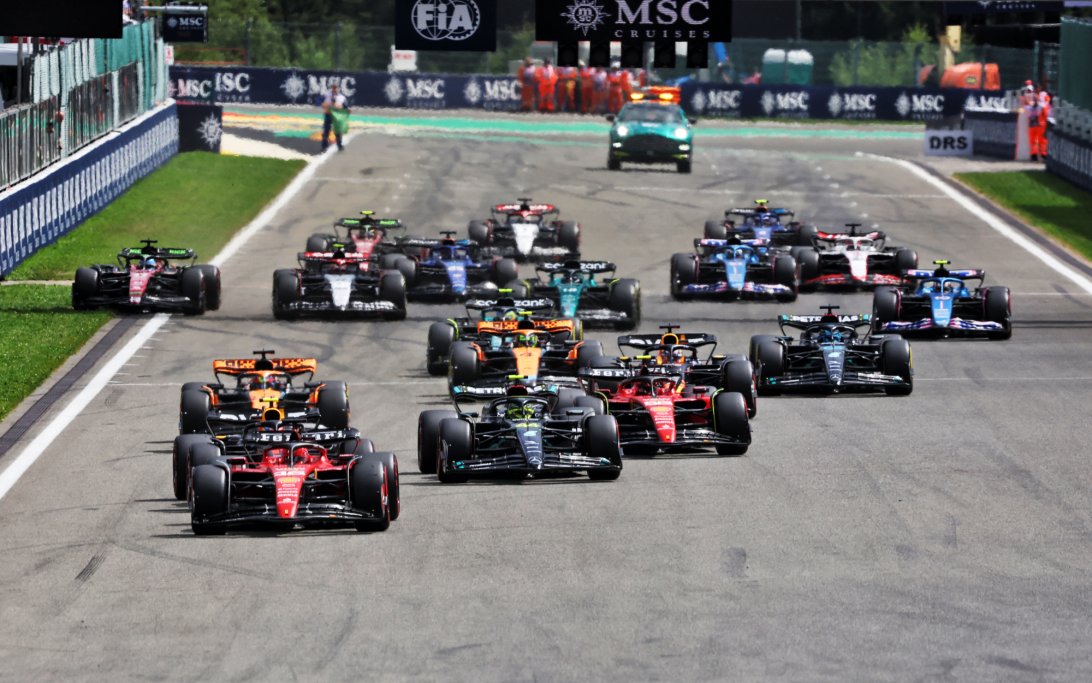
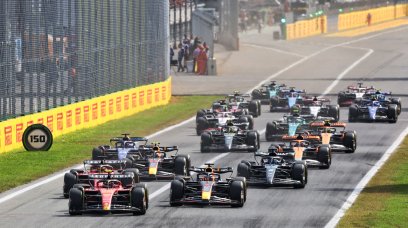
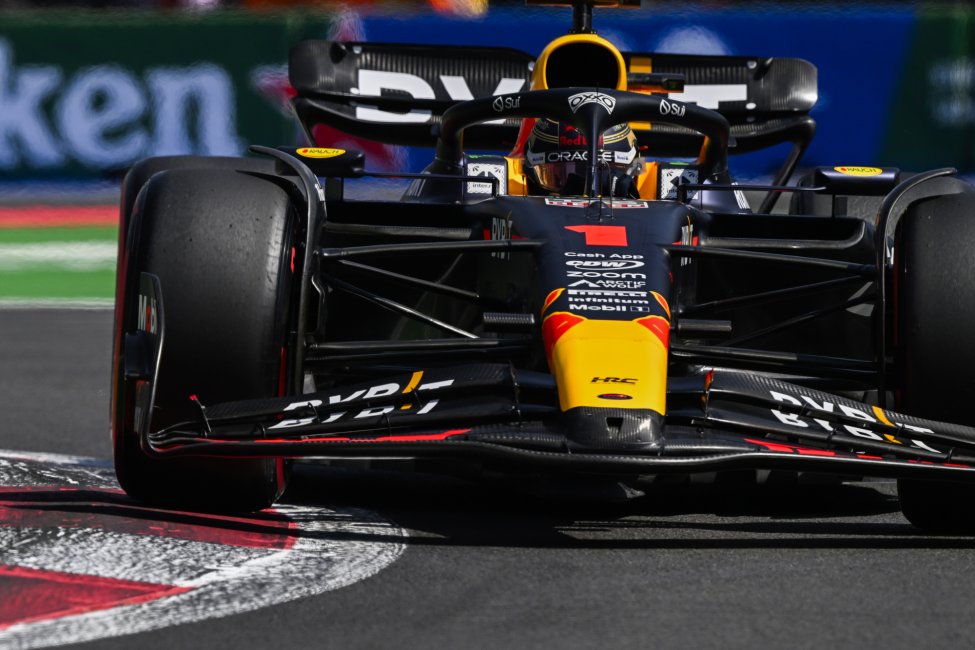

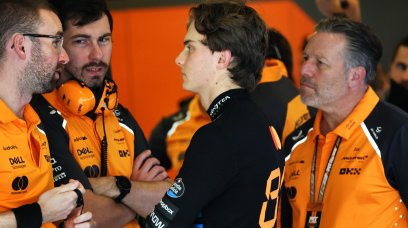
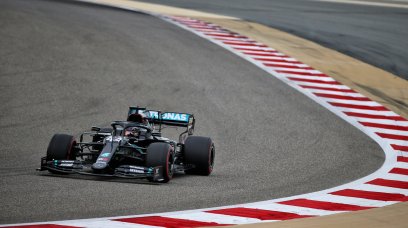


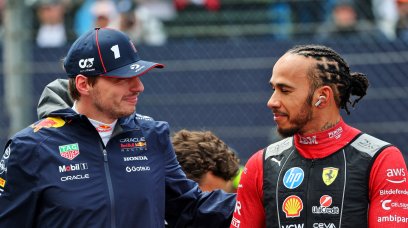

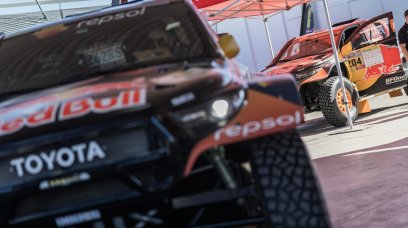
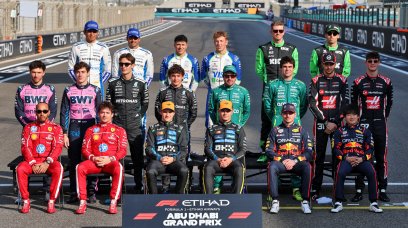
Join the conversation!